By Marcia McBrien
In war, not all battles are about taking territory or capturing enemy forces. An important – but largely hidden – aspect of war is a fight for hearts and minds.
On April 13, thanks to retired U.S. Army Major Joseph L. Tebor, members of the Book Club of Detroit had a rare inside look at the propaganda, or psychological operations (PSYOP) dimension of the Vietnam War. The presentation took place at the Experimental Aircraft Association Chapter 113 building at Mettetal Airport in Canton, Michigan. (See accompanying post, “Paulson Aviation Library, housed in an airport hangar, hosts Book Club of Detroit event.”)
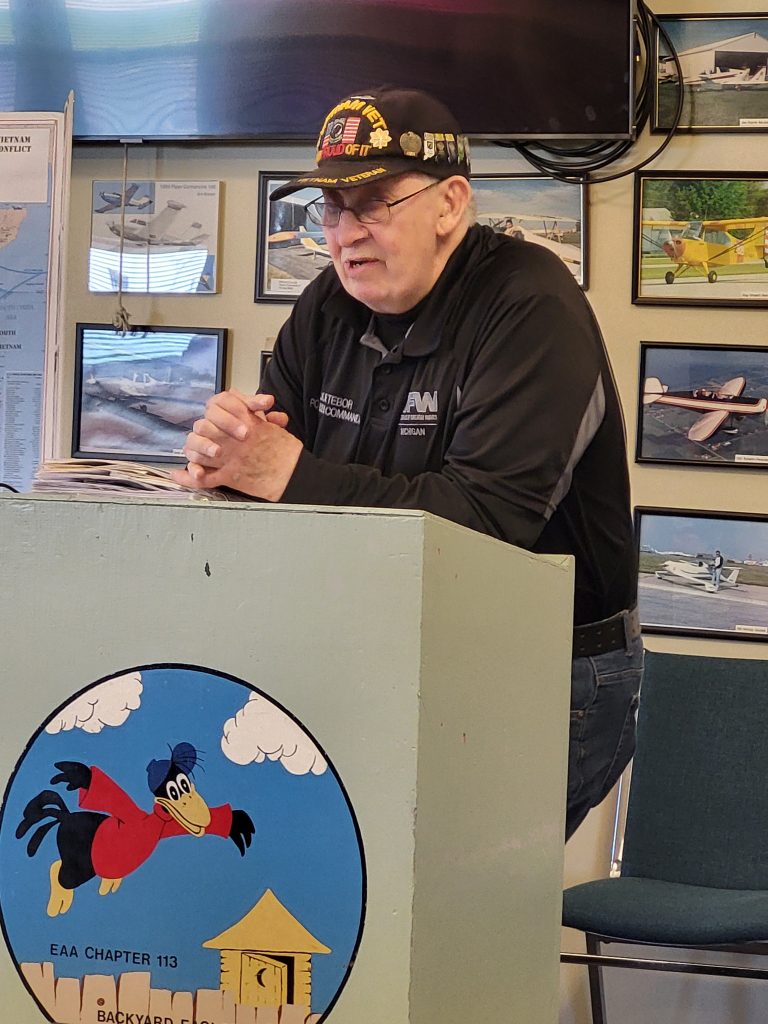
Major Tebor’s extensive collection of Vietnam War strategic propaganda leaflets and other PSYOP items, now housed at the National Vietnam War Museum in Weatherford, Texas, is believed to be the largest and perhaps the only one of its kind in the world. Major Tebor was one of only three Americans who had first-hand knowledge and boots-on-the-ground experience of the strategic propaganda effort during the final months of the Vietnam War. With many duplicate items of his collection on display for BCD members and guests to examine before the talk, Major Tebor explained the items’ significance in the PSYOP effort.
In December 1970 – then recently-graduated from Western Michigan University with a commission as a Second Lieutenant in the military intelligence branch of the Army – he was assigned as an intel analyst to the Research Intelligence Division of the 15th PSYOP Detachment of the 7th Psychological Operations Group in Okinawa, Japan. In 1972, the 244th PSYOP Detachment (the Vietnam Detachment of the 7th PSYOP Group) was activated under the command of Lt. Colonel David G. Underhill, who selected then-First Lt. Joseph L. Tebor as his Intel Liaison Officer and civilian GS 13 Billy F. Hunt as Operations Officer. On July 1, 1972, the 7th PSYOP Group assumed responsibility and operational control for the entire strategic propaganda leaflet program from Military Assistance Command Vietnam (MACV).
These were strategic leaflets, Major Tebor explained. “Big picture” messages, such as promoting desertion or warning “The war is destroying your economy,” are strategic, as opposed to “tactical” messages aimed at a particular, named military unit (e.g., “Surrender now”).
Working with 12 Vietnamese staff, a CIA-trained double agent, and through numerous interviews with Vietnamese POWs, he assessed the effectiveness of various propaganda leaflets.
One type of leaflet was inflation-themed; these were made to look like North Vietnamese currency, printed in three different denominations and in full color, increasing the likelihood that North Vietnamese soldiers and civilians would pick them up and read the attached propaganda message. The leaflets were deliberately made a slightly different size than actual paper money so as not to counterfeit the currency. Regardless, there were reports that North Vietnamese were removing the messages and using the leaflets as money.
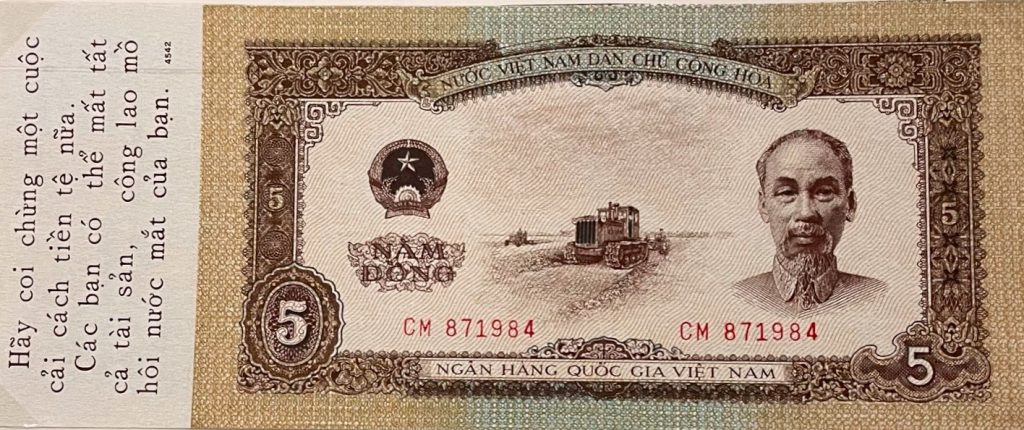
Other leaflets were aimed at encouraging North Vietnamese troops to desert. One variety, a safe conduct pass, promised safety and other benefits to defectors. “The greater the intelligence value they brought with them, the greater the benefits, such as land or being set up in a business,” Major Tebor explained. One North Vietnamese Lieutenant Colonel, a battalion commander, kept a safe conduct pass on his person for a year before finding an opportunity to turn himself in to American forces. Had the officer been caught with the leaflet by his troops, “He would have been shot on the spot. Anyone, even a private under his command, could have executed him without a trial,” Major Tebor recounted.
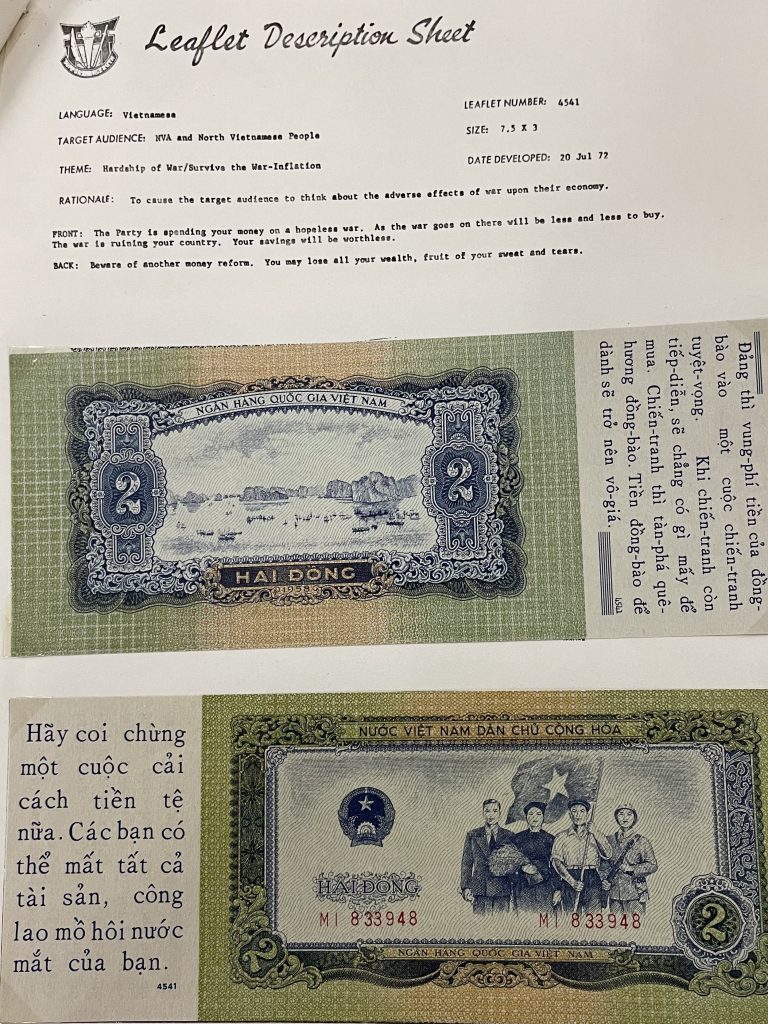
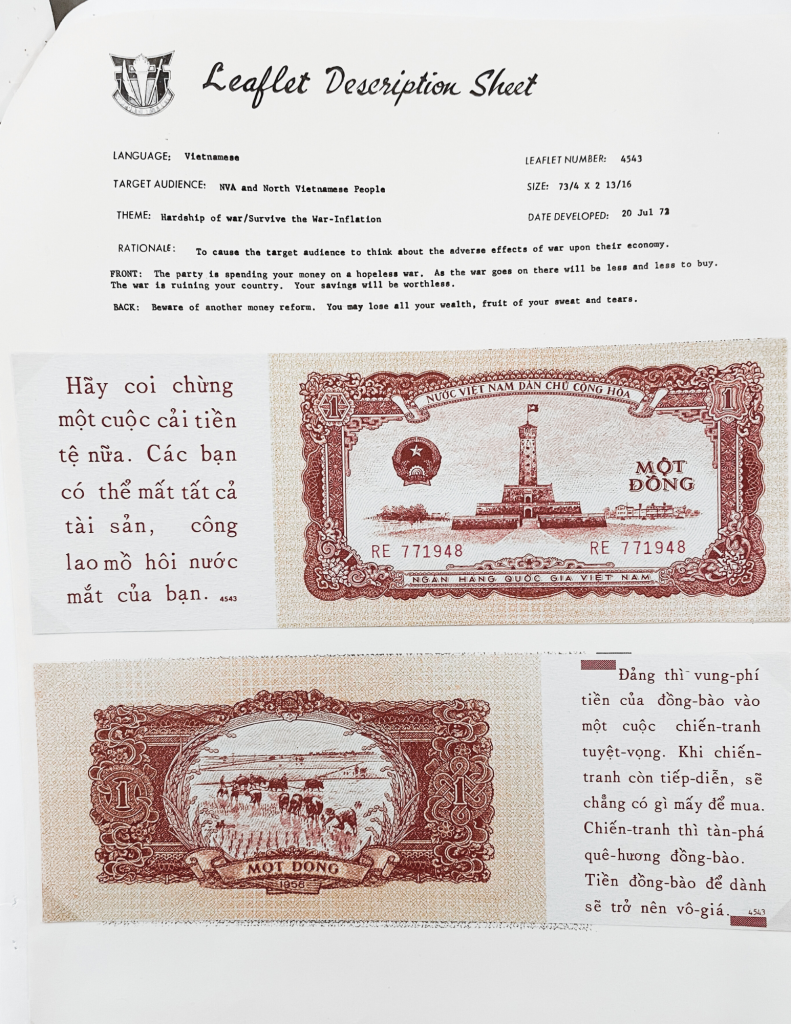
To withstand the damp, humid conditions of Southeast Asia, the safe conduct passes were printed on “plastic paper,” an innovation developed by Union Carbide under contract to the U.S. Army. Documents printed on this waterproof, untearable paper could be exposed to the region’s rainy weather without disintegrating – and would still be readable. As an example, Major Tebor displayed a leaflet that has been in a jar of water since June 2022 and is still clearly legible. (A comparable safe conduct pass in his collection in the National Vietnam War Museum has been in water since 2015 and is still readable.) Water resistant, untearable paper is used today in many industries, including health care, hospitality, transportation, manufacturing, and food service.
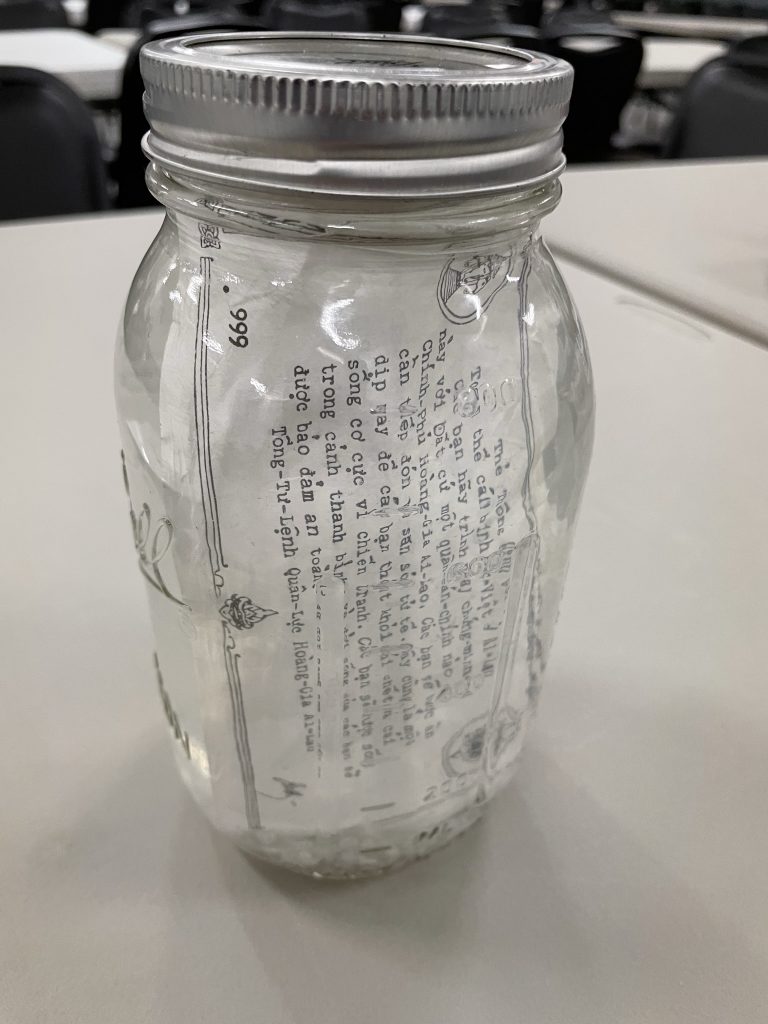
“We knew safe conduct leaflets were effective because the North Vietnamese used to send their combat units to pick them up before their regular soldiers could see them,” Major Tebor said. By diverting those units from combat, the leaflets saved “countless American lives,” he observed.
From July 1972 until cease-fire took effect in April 1973, Major Tebor provided the Air Force 60 targets every month for the Air Force to drop strategic propaganda leaflets, including areas in North and South Vietnam, Cambodia, and Laos. Each leaflet drop mission – and at least one took place every day – included an average of 15 million leaflets.
Lt. Colonel Underhill, whom Major Tebor called “a mathematical genius,” developed a formula for Air Force personnel to calculate where to drop the leaflets and other items, based on wind speed and currents, paper size, weight, and shape, and other variables; the manual he authored on leaflet dissemination is still in use today. The 7th Air Force dropped the leaflets from C-130 cargo planes at an altitude of 20,000 feet, 100 miles away from the target – and hit their targets within 100 yards.
Radio-controlled drones were also used to drop leaflets, but unlike drones in popular use today, these drones had wingspans of 11-13 feet and a range of up to 900 miles. Of the last six-drone leaflet mission in the war, one was shot down, the other five retrieved.
In the 1960s, the American PSYOP effort also included transistor radios tuned to one station, the Voice of America, Major Tebor noted. North Vietnamese only had access to one radio station controlled by the North Vietnamese government, so by providing the radios, the U.S. Army hoped to offer an alternative. Getting the radios to the North Vietnamese was like a “Mission Impossible” operation: Launched at night from a U.S. submarine in the Gulf of Tonkin, the radios initially rode the waves in styrofoam boxes which were timed to open, triggering the release of balloons that carried the radios inland; the balloons popped when reaching a certain altitude, then the radios were floated to the ground by miniature parachutes. The radios came with batteries, as well as both written and pictorial instructions for assembling. Any North Vietnamese caught with the American-station radio risked being killed, so the radios were made to be heard only while pressed to the holder’s ear.
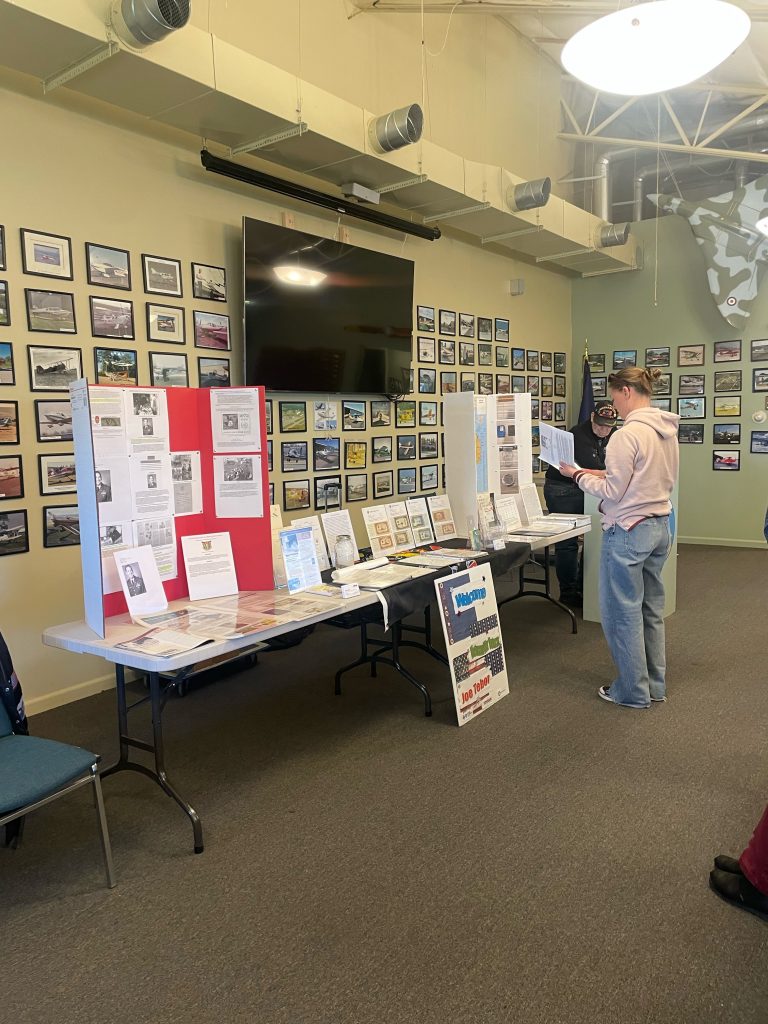
After the war ended, Major Tebor assisted with the effort to retrieve U.S. soldiers’ remains by the Joint Casualty Resolution Center, forerunner of the Joint Personnel Accountability Command, now based in Hawaii. He retired in April 1991 as Chief of the U.S. Army Missile Command Technical Support Office, located at the Raytheon Plant in Andover, Massachusetts.
A founding member of the National Vietnam War Museum, to which he donated his propaganda collection, Major Tebor is a Life Member and current Commander of the Mayflower-Lt. Gamble VFW Post 6695 and a Life Member of the Vietnam Veterans of America, Chapter 528, both based in Plymouth, Michigan.
An interview with Major Tebor may be viewed through the Library of Congress website at https://www.loc.gov/item/afc2001001.96127/.
BCD has more events in store for 2024! Visit bookclubofdetroit.org and follow BCD on Facebook, LinkedIn, Instagram, and YouTube.
Marcia McBrien is president of The Book Club of Detroit.
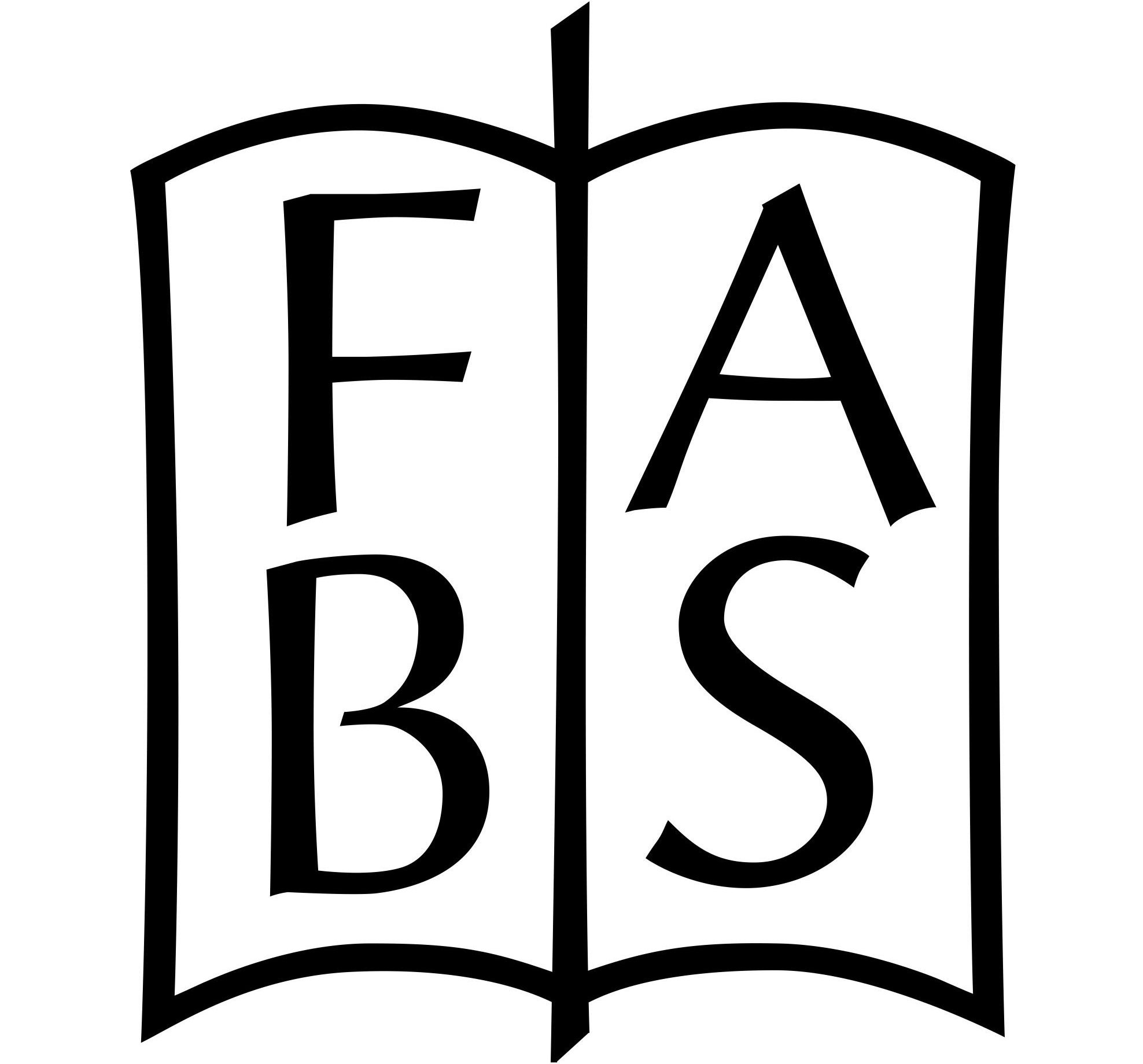
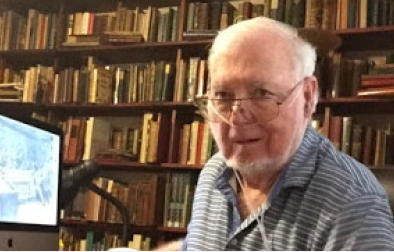
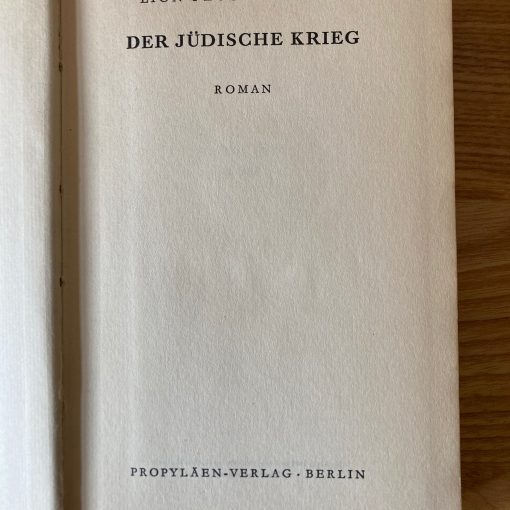
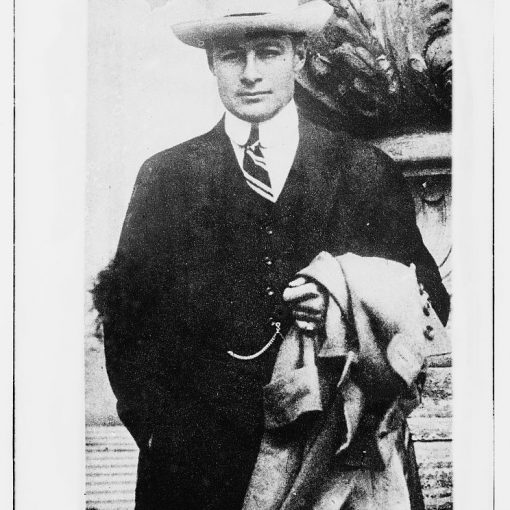
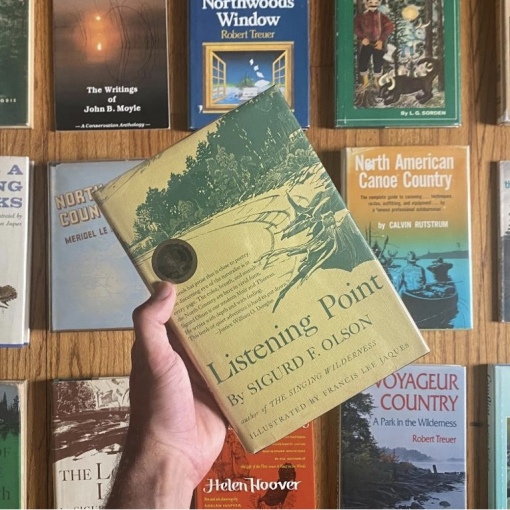
3 thoughts on “Battle of Persuasion: Fighting the Propaganda War in Vietnam”
It was my honor and extreme pleasure to give this presentation to members of the Book Club of Detroit and I want to take this opportunity to publicly express my gratitude and appreciation to their President, Marcia McBrien, for inviting me to do so. The Strategic Propaganda Leaflet Program I was involved with is almost a totally unknown aspect of the Vietnam War. Most Vietnam War Veterans aren’t even aware of what we did. LTC Underhill and I were not permitted to wear our uniforms the entire time we were there. No one knew who we were or what we did unless they had a need to know and very few people had a need to know. I have made it my mission to share my extensive knowledge and expertise in this field to educate as many people as possible about this little known part of the Vietnam War so I never pass up an opportunity to talk to groups of any size about what I did in the war. If your group, club organization etc is interested in having me give a presentation please contact me through this site or through the Book Club of Detroit.
Thank you Major Tebor! Your collection sheds a fascinating light on history and shows why collectors have an important role to play in recognizing and preserving ephemera.